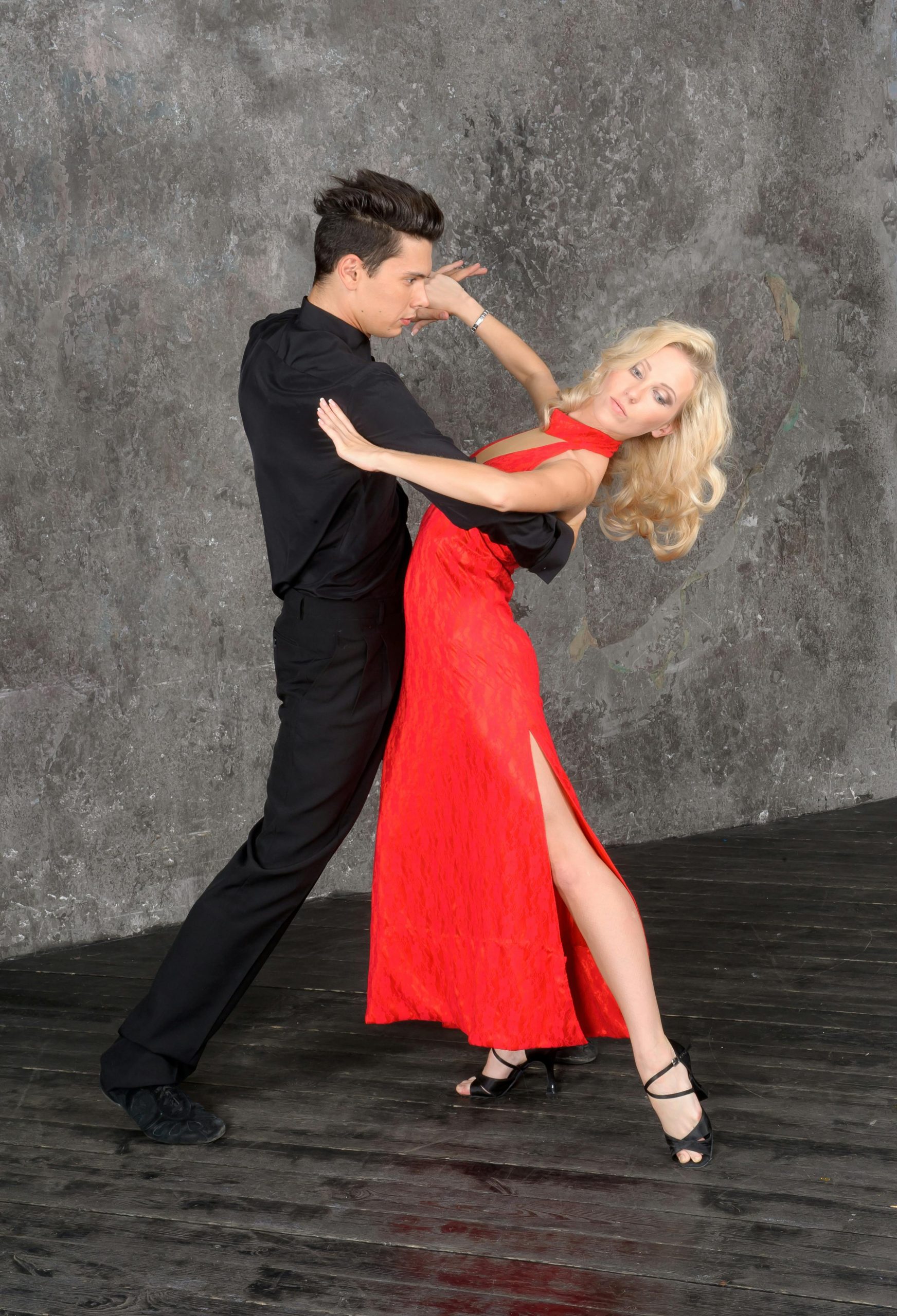Introduction:
The corset, once a symbol of constriction and societal expectations for women, has evolved into an emblem of empowerment, fashion innovation, and self-expression. This transformation reflects broader cultural shifts and the fashion industry’s cyclical nature. Tracing the corset’s journey from its origins in the 16th century to its modern iterations offers fascinating insights into how historical garments can gain new relevance in contemporary fashion. This article explores the corset’s enduring allure, its evolution, and how it has been reimagined in today’s fashion landscape.
The Historical Significance of Corsets:

- Origins and Evolution: The corset’s history dates back to the 1500s, evolving from simple bodices to elaborate, structured garments designed to shape the female silhouette. Throughout the centuries, corsets have gone through various modifications, reflecting the changing ideals of beauty, from the Elizabethan era’s rigid iron corsets to the Victorian era’s hourglass figure emphasis.
- Symbolism: Historically, corsets were associated with social status, respectability, and femininity. However, they were also criticized for their health implications and the restrictive ideals of women’s beauty and behavior they represented.
The Corset’s Resurgence in Fashion:
- 20th Century Revival: The corset’s popularity waned in the early 20th century as women sought more freedom and comfort. However, it experienced a resurgence in the fashion world thanks to designers like Vivienne Westwood and Jean Paul Gaultier, who reinterpreted corsets as symbols of power and rebellion in the late 20th century.
- Contemporary Interpretations: Today, corsets have been embraced by high fashion and street style alike, celebrated for their versatility and ability to challenge traditional gender norms. Modern corsets blend historical elements with contemporary designs, fabrics, and purposes, appearing in runway collections, casual streetwear, and even as part of the body positivity movement.
The Corset Trend in Today’s Fashion:

- Styling Flexibility: The modern corset trend is characterized by its styling versatility. Corsets are no longer hidden undergarments but are proudly displayed over dresses, t-shirts, and blouses, or worn alone as statement pieces.
- Diversity and Inclusivity: Contemporary corsetry has moved beyond the one-size-fits-all approach, embracing a range of body types and sizes. This inclusivity has helped propel the garment’s popularity, making it accessible and desirable to a broad audience.
- Technology and Comfort: Advances in materials and design have transformed corsets into more comfortable and wearable pieces. Modern corsets often incorporate flexible boning and stretch fabrics, offering the sculptural benefits of traditional corsets without the discomfort.
The Future of the Corset Trend:
The corset’s journey from a restrictive undergarment to a celebrated fashion statement exemplifies the dynamic relationship between fashion and cultural change. As designers continue to experiment with the corset’s form and function, its future in fashion seems assured, promising new interpretations that honor its rich history while aligning with contemporary values of freedom, diversity, and self-expression.
Conclusion:
The evolution of the corset from past to present is a testament to fashion’s transformative power. It highlights how garments can shift from symbols of oppression to expressions of empowerment, reflecting and influencing societal changes. In its modern incarnations, the corset trend embraces both the past and the present, offering a canvas for creativity, personal style, and political statement, proving that even the most traditional garments can find a place in the ever-evolving tapestry of fashion.
In weaving together its historical roots with modern interpretations, the corset stands as a symbol of resilience and reinvention, embodying the spirit of contemporary fashion while paying homage to its storied past.

